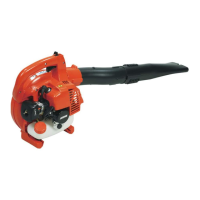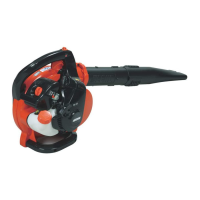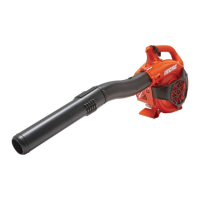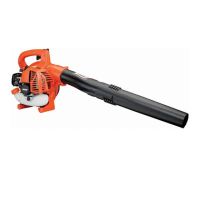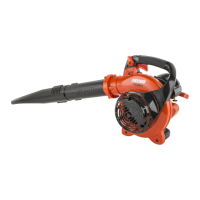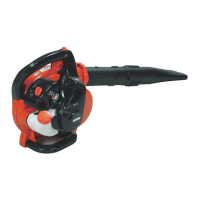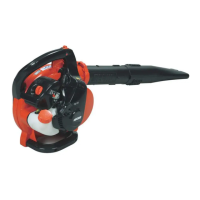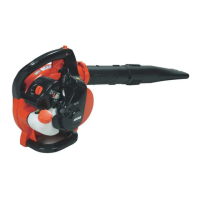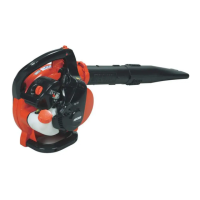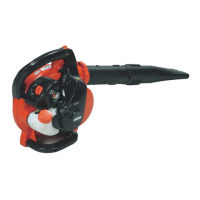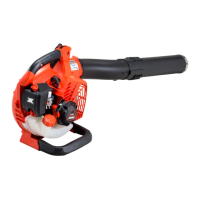Why does my Echo Blower engine run, but die or not accelerate properly?
- AAaron FloresJul 26, 2025
If your Echo Blower engine runs, but dies or doesn't accelerate properly, several factors could be responsible. A dirty air filter, fuel filter, or spark plug can cause these issues; try cleaning or replacing them. A plugged fuel vent or spark arrestor screen may also be the culprit; clean or replace them as needed. Improper carburetor adjustment or a dirty/plugged cooling system could also be the cause, so adjust the carburetor or clean the cooling system.
